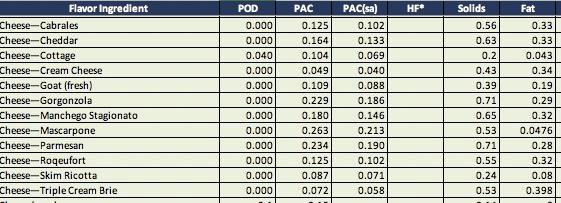JBB uses cream cheese as a source of milk solids and stabilizers. It's an everyday-ingredient-friendly way to add both. Cream cheese has a high concentration of milk solids (which include both proteins and lactose, each of which is important to getting good texture in ice cream) and gums (xanthan, locust bean, guar) which can also improve texture and reduce iciness.
You'll have more control if you add skim milk powder and a stabilizer blend separately.
If the recipe froze hard as a rock, that's an overall formulation issue. My guess is that JBB wants to keep things simple and so doesn't include alternate sugars, like invert syrup and dextrose. If you stick with plain old table sugar, you have to choose between too sweet and too hard (at normal serving temperatures). She chose too hard, which I think is smart. You can always let it warm up longer, but there's nothing you can do about too sweet.
"A touch too rich." You're being diplomatic. Many of those recipes are exercises in cramming as much milk fat and milk solids into an ice cream as possible. Some people like this approach. It certainly makes it easy to get a smooth texture (the only science behind this is that the formulas have very little water ... it's all displaced by fat and non-fat solids). But there are more elegant approaches to smooth texture, that let you get the mouthfeel you want with whatever fat level is most appropriate for each flavor. JBB's approach (in her factory) is much more nuanced. Her home recipes are maybe a bit doo simplified.
Edited to add: I reread your post and saw that it was rock-hard at -19C. Almost every formula will be too hard at that temp. If you get a nice scoopable consistency between -12 and -14 you're in the normal range for professional ice cream. In Italy they often serve closer to -10. Sometimes this means it's formulated differently, but it often means it's just served softer.
Re-edited to add ... if you're using enough cream cheese (or other cheese) to be a flavor ingredient, then Teo's spot-on ... you have to just calculate for it. Here's my data. I haven't tested this, so caveat emptor.




